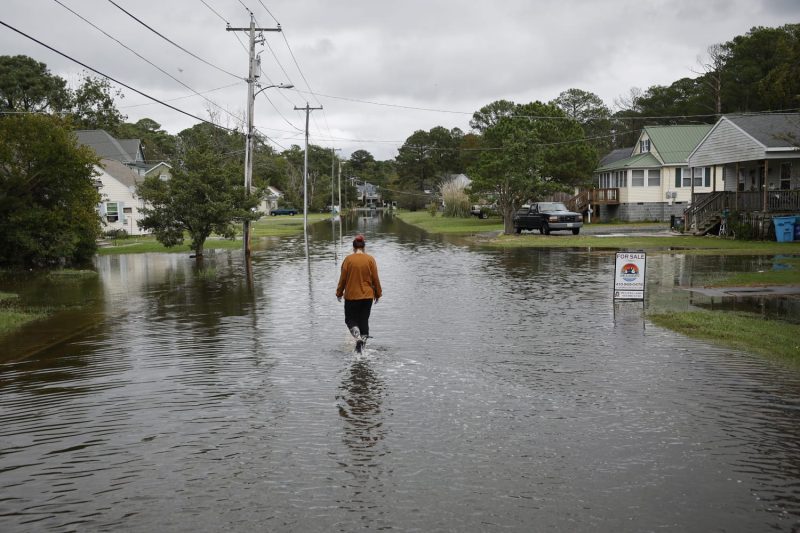In today’s dynamic real estate market, buyers and sellers face a myriad of challenges that can impact their decision-making processes. From fluctuating interest rates to changing economic conditions, there are numerous factors at play that can influence the real estate landscape. However, one unexpected factor that has the potential to make buying or selling a home trickier in some areas this fall is the rise of man-made disasters.
Throughout the country, man-made disasters such as industrial accidents, environmental hazards, or infrastructure failures can have a significant impact on the real estate market. These disasters can range from chemical spills and industrial fires to power outages and transportation disruptions, all of which can affect the desirability and value of property in the affected areas.
One key aspect that real estate experts have highlighted is the potential for reduced demand in areas that have experienced man-made disasters. Buyers may be hesitant to invest in properties that are located in close proximity to sites of past disasters, due to concerns about safety, health risks, or future property value depreciation. This decrease in demand can lead to longer listing times and lower selling prices, making it more challenging for sellers to find buyers willing to pay the desired price for their homes.
Moreover, the aftermath of man-made disasters can also impact the availability and affordability of homeowners insurance. Insurance companies may increase premiums or even deny coverage altogether for properties located in high-risk areas, further complicating the buying and selling process. This can create additional hurdles for buyers who are already struggling to navigate the competitive real estate market.
In response to these challenges, real estate experts emphasize the importance of due diligence and research before making any property transactions in areas that have been affected by man-made disasters. Buyers should thoroughly investigate the history of the area, including any past incidents or hazards, and consider the long-term implications on property value and insurance costs. Sellers, on the other hand, may need to adjust their pricing strategies and marketing efforts to attract buyers who are willing to overlook the potential risks associated with the property.
Overall, the rise of man-made disasters presents a new layer of complexity to the real estate market this fall. Buyers and sellers alike must stay informed, be proactive, and seek guidance from real estate professionals to navigate these challenges successfully. By understanding the implications of man-made disasters on property transactions, individuals can make informed decisions that protect their investments and ensure a smooth buying or selling process in the face of uncertainty.
